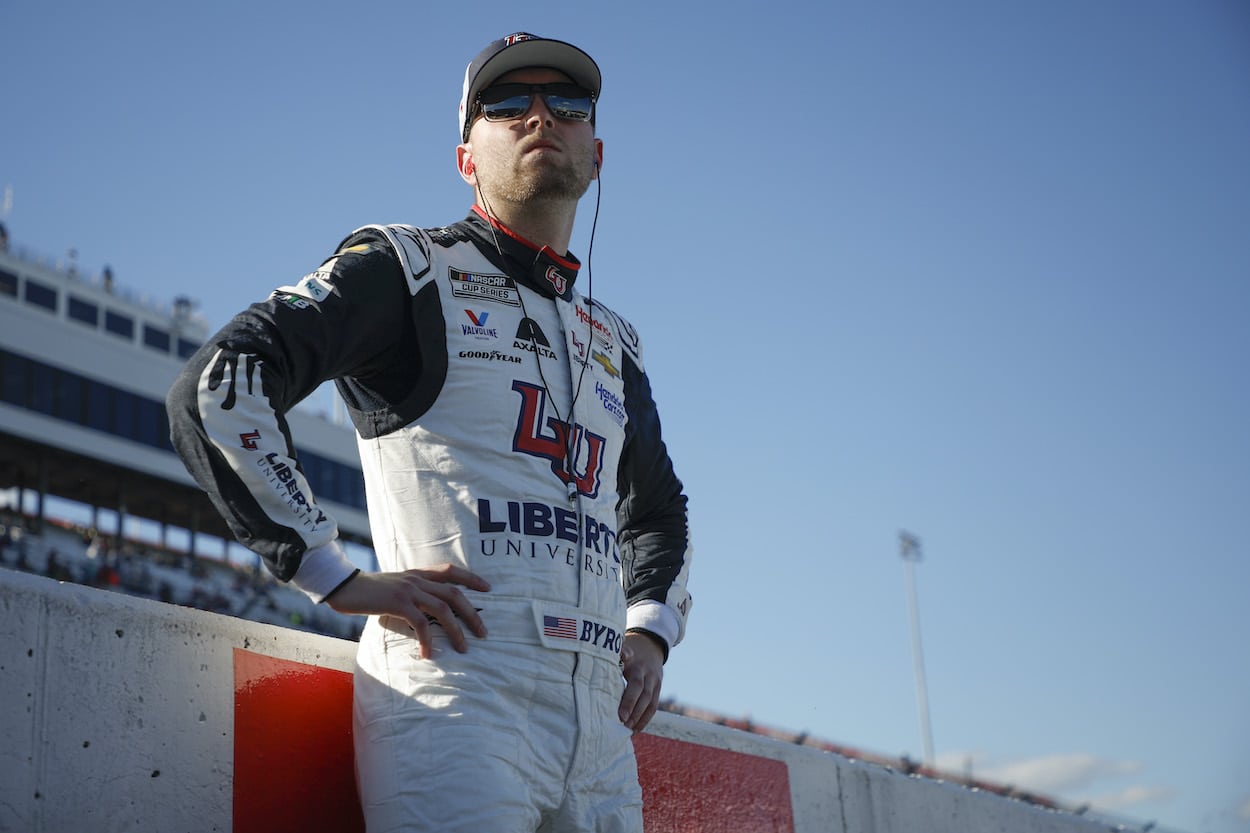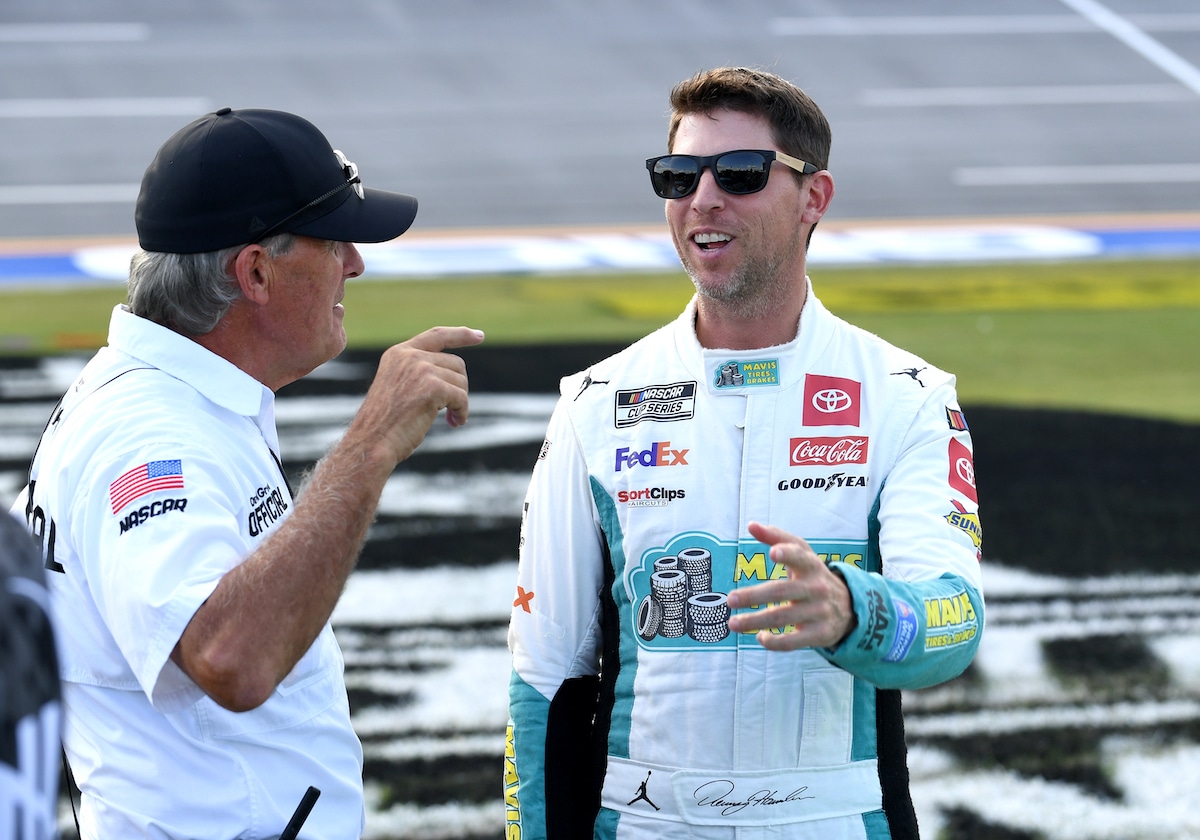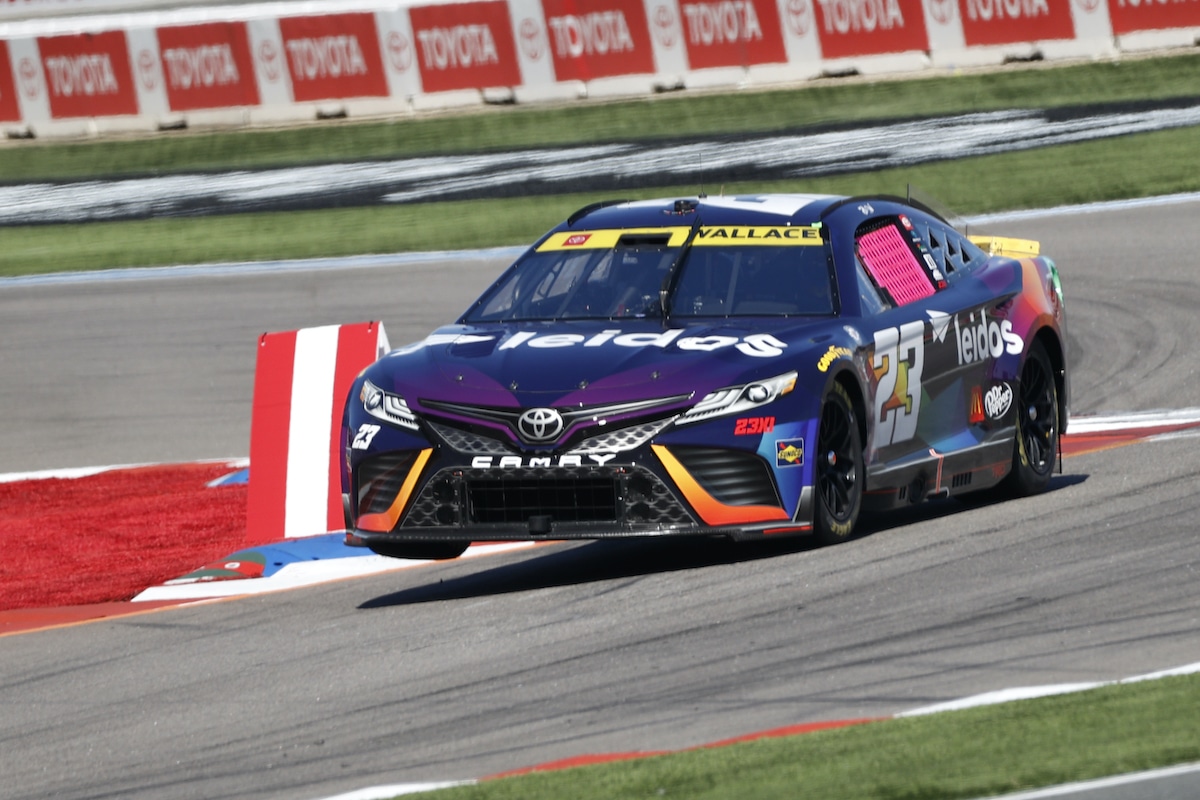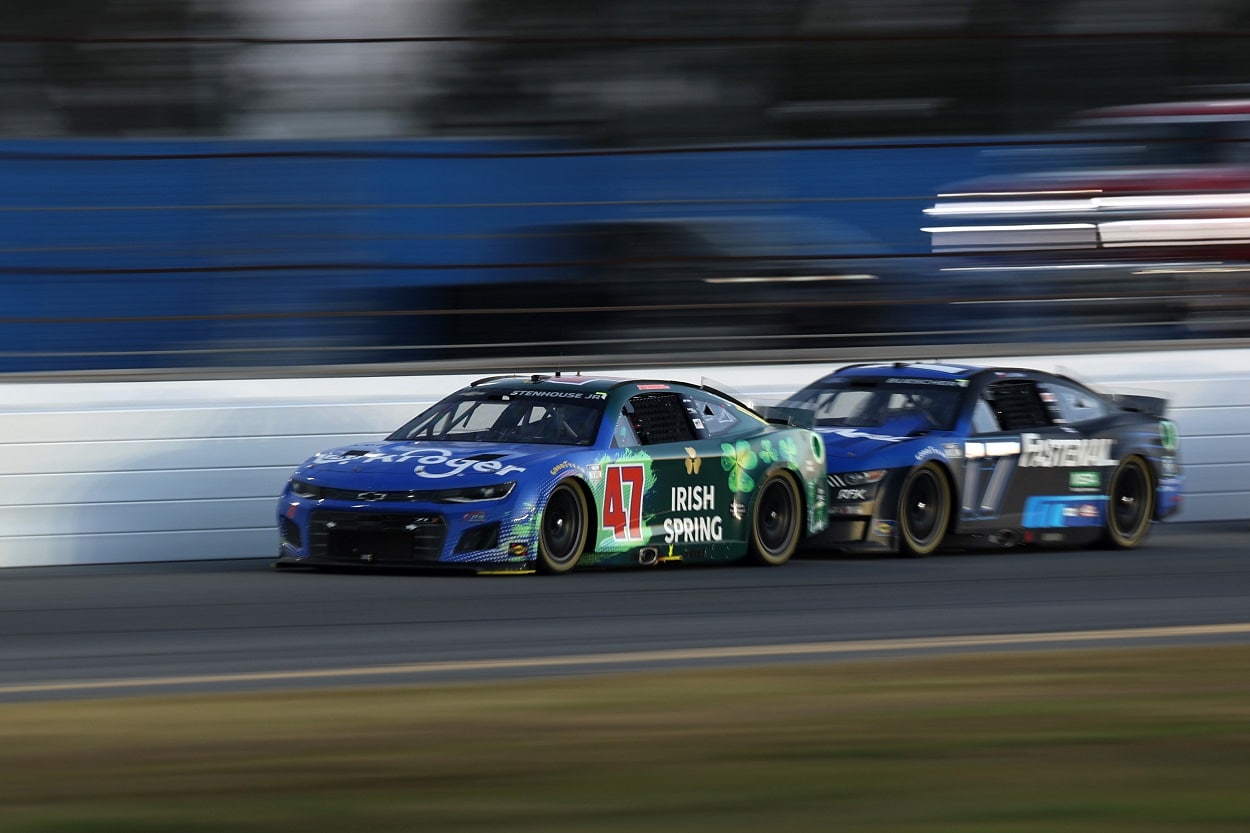
Next Gen Parity in the NASCAR Cup Series Is Alive and Well as Proven by Ricky Stenhouse Jr. and Chris Buescher
NASCAR touted the possibility of increased parity in the sport as one of the premier features of its new Next Gen car model prior to its 2022 debut. Nearly one-third of the way through its inaugural season, that has proven to be true.
Ricky Stenhouse Jr. and Chris Buescher were the latest two surprises to pop into the top 10 Sunday at Dover Motor Speedway.
Stenhouse earned his first top-five finish since he was runner-up in the 2021 Bristol Dirt Race more than a full year ago, and Buescher achieved his best finish on a non-superspeedway-style oval since he ran seventh at Atlanta Motor Speedway in March 2021.
More NASCAR drivers are having success in Next Gen car
That doesn’t even include Erik Jones, who ran 10th and has placed the No. 43 car inside the top 10 four times already through 11 races compared to his total six top 10s a year ago. Justin Haley also finished 11th in the No. 31 car for Kaulig Racing, which is in its first full-time Cup Series season.
In addition, Dover is not a track known to give smaller teams much chance for success. Hendrick Motorsports swept the top four spots in the 2021 visit to the Monster Mile, and the NASCAR Cup Series powerhouse teams of HMS, Joe Gibbs Racing, Stewart-Haas Racing, Team Penske, and Roush Fenway Keselowski Racing have combined to win 37 of the last 40 events at the 1.0-mile, concrete oval.
Sure, HMS driver Chase Elliott still won Sunday’s race, but the variety of teams inside the top 15 offers hope the parity that the Next Gen car has brought to the Cup Series will be long-lasting.
Twenty different drivers had at least four top 10s throughout the 2021 season, and 20 already have at least three top-10 finishes this season, including eight who drive for teams with two or fewer cars.
Parity was expected as all teams learned the Next Gen car
The prevailing sentiment throughout the offseason was that the Next Gen car would open opportunities for more teams to have success at the Cup Series level. Teams now have to purchase all of their parts from the same supplier, whereas they could manufacture their own parts with the old car.
These rules were supposed to help both lower the costs teams incurred to build their own cars and promote more competition throughout the field as teams with smaller budgets would not be outclassed each week by the large organizations with many high-level engineers on staff.
That has been the case so far, but the possibility still exists that the big, four-car teams will eventually restore their advantages as they learn about the Next Gen car and discover details that will enhance the car’s performance.
It looked like that trend was starting to form when the series visited Richmond Raceway to begin April. Richmond was the seventh race of the season and the first race on a non-superspeedway-style oval in three weeks. JGR driver Denny Hamlin won the race, and Austin Dillon in 10th was the only driver inside the top 10 who doesn’t drive for a four-car operation (considering the No. 21 car essentially makes Team Penske a four-car team).
Then three drivers for two-car teams populated the top 10 the following week at Martinsville Speedway, five finished among the top 12 at the dirt race at Bristol Motor Speedway, and five again in the top 12 at Talladega Superspeedway. However, that race has long been known to produce unexpected results.
Upcoming races will be a good gauge of Next Gen performance
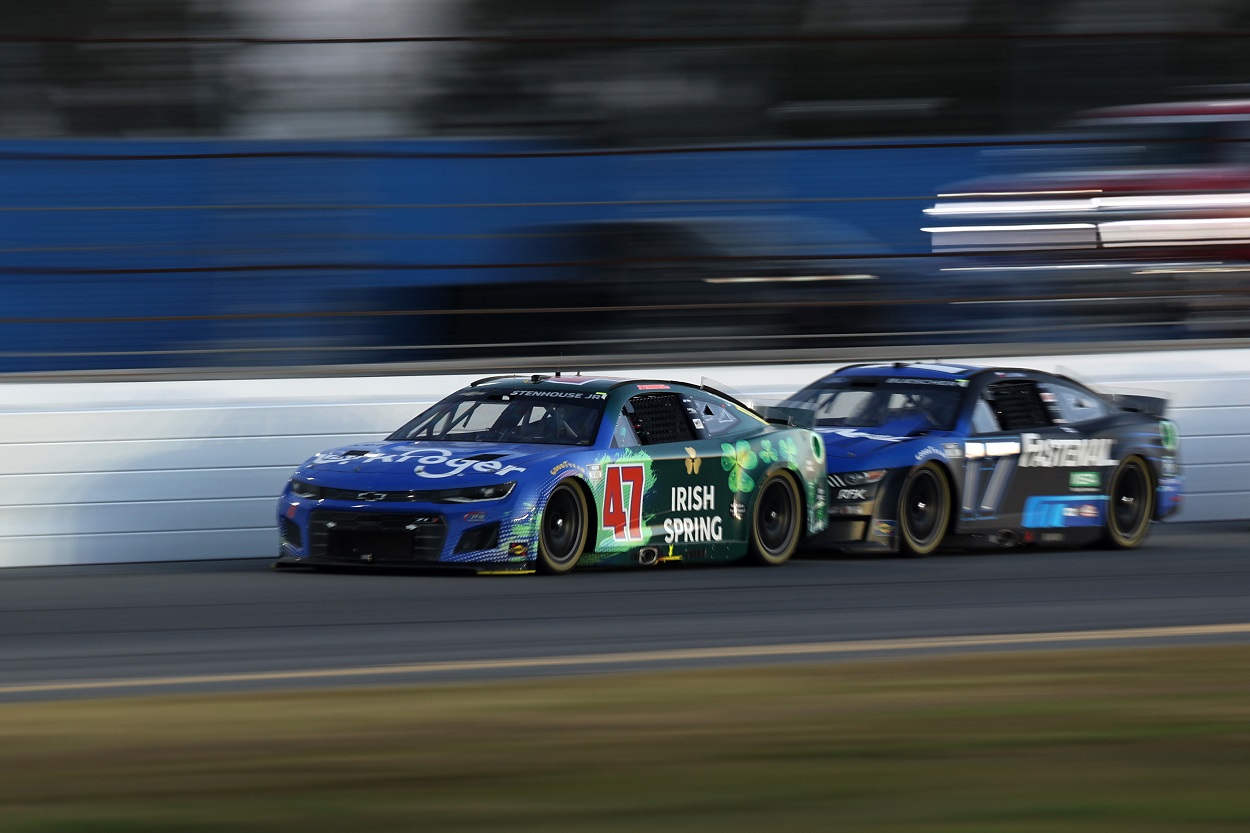
The next four weeks should test the Next Gen’s ability to promote competitive racing from all teams in the series. Darlington, Kansas, Charlotte, and Gateway are all asphalt ovals between 1.25 miles and 1.5 miles.
This will be the longest stretch of the season on similar tracks and could provide the large teams with enough data to find their leverage with the new car.
Despite the larger group of drivers who have ascended into the top 10 multiple times this season, HMS drivers have still won five of the first 11 races, although Elliott’s win at Dover was the closest to a runaway victory this season.
The Next Gen car might have truly accomplished one of the sanctioning body’s main goals if the calendar turns to June and the big teams have not taken hold of the series as has typically been the case in years past.
All stats courtesy of Racing Reference
